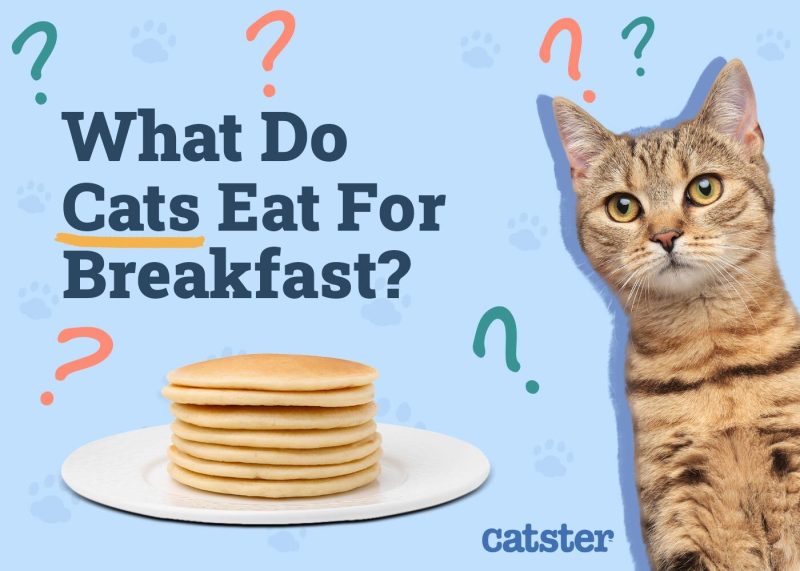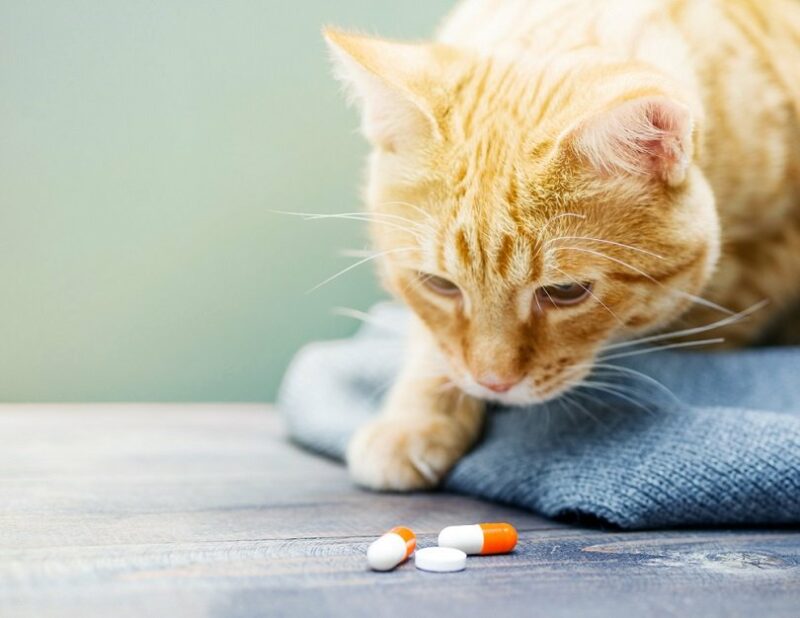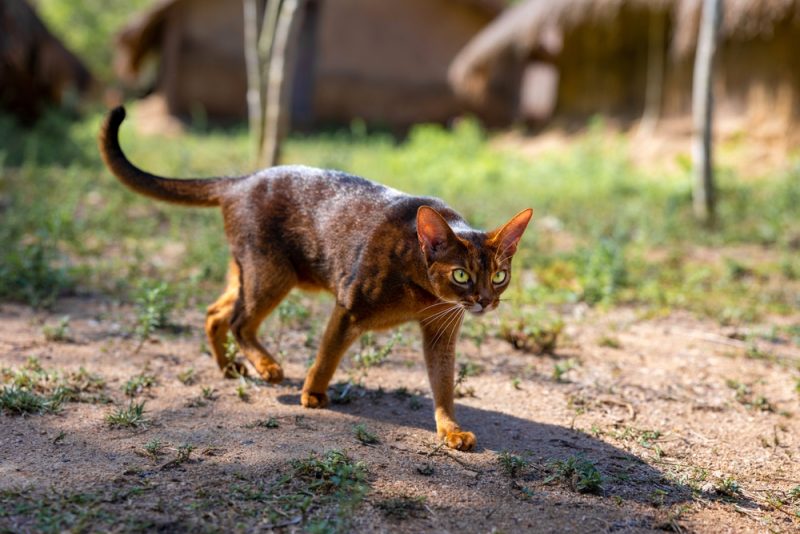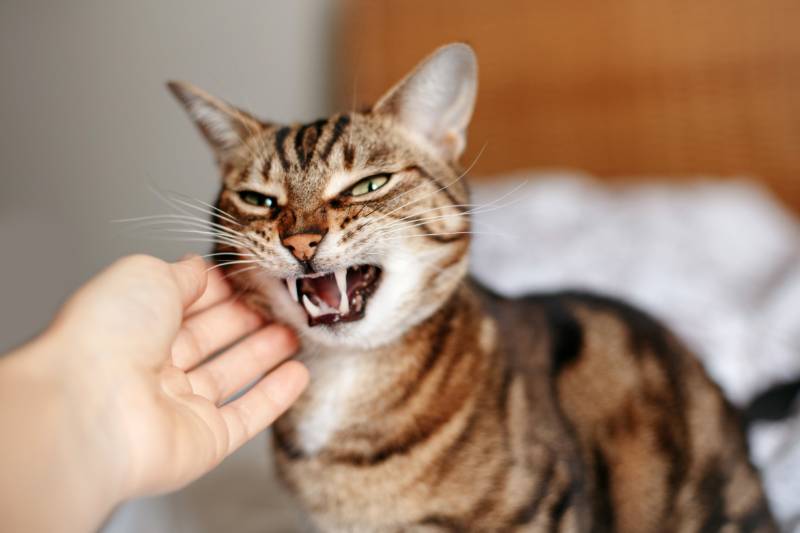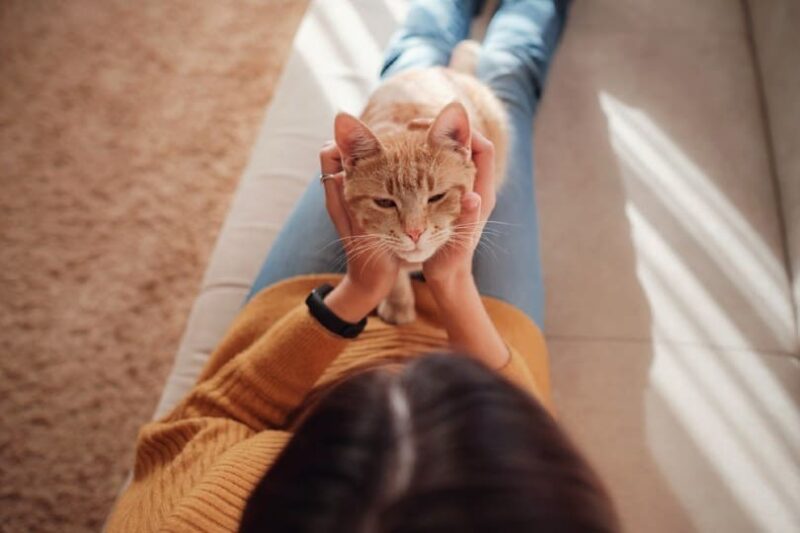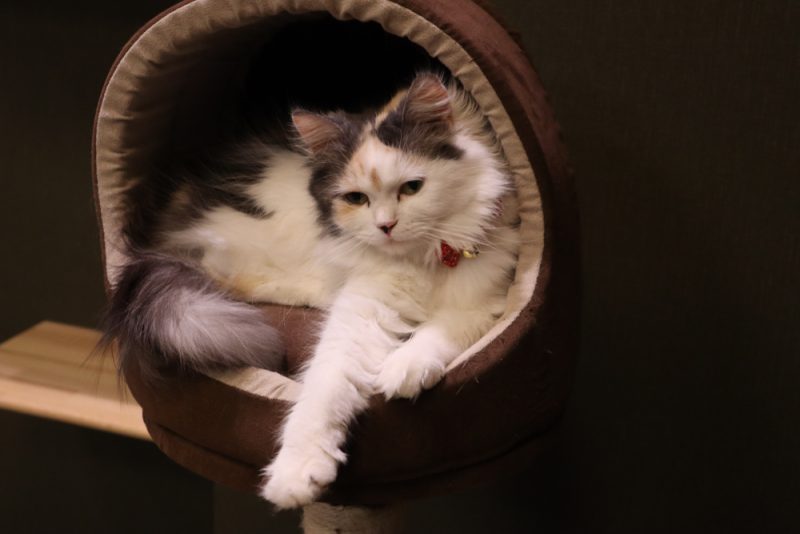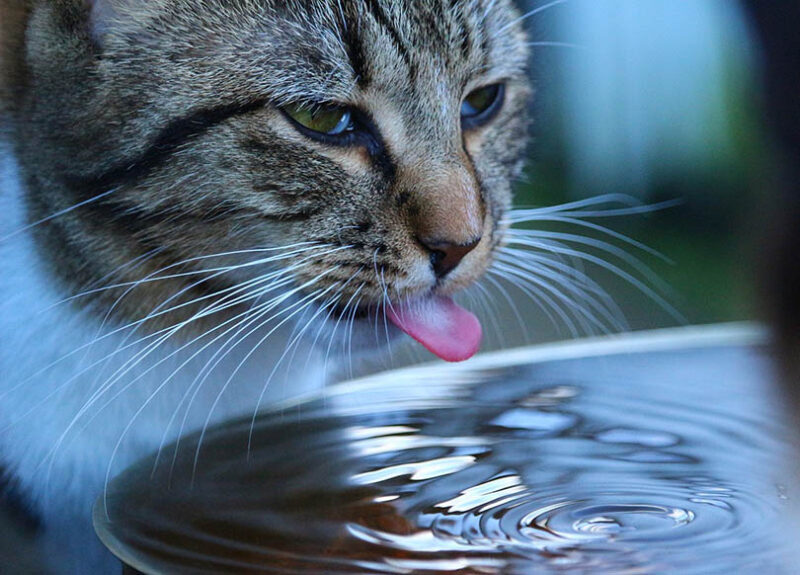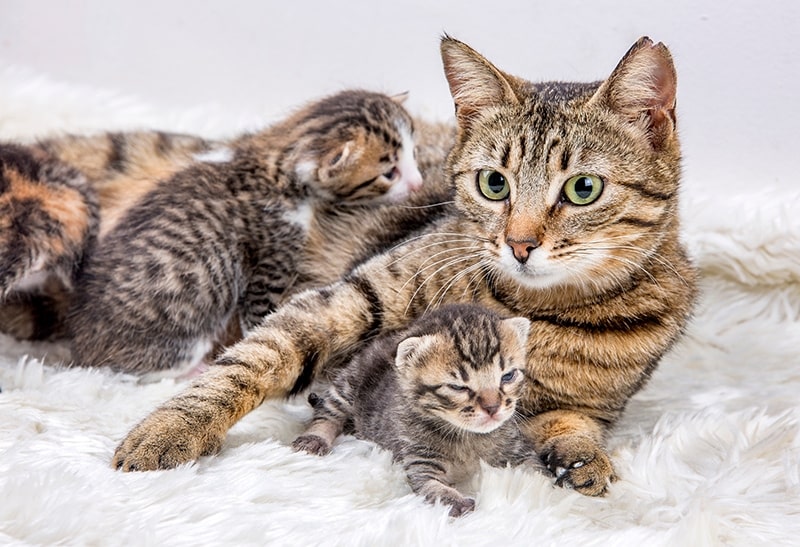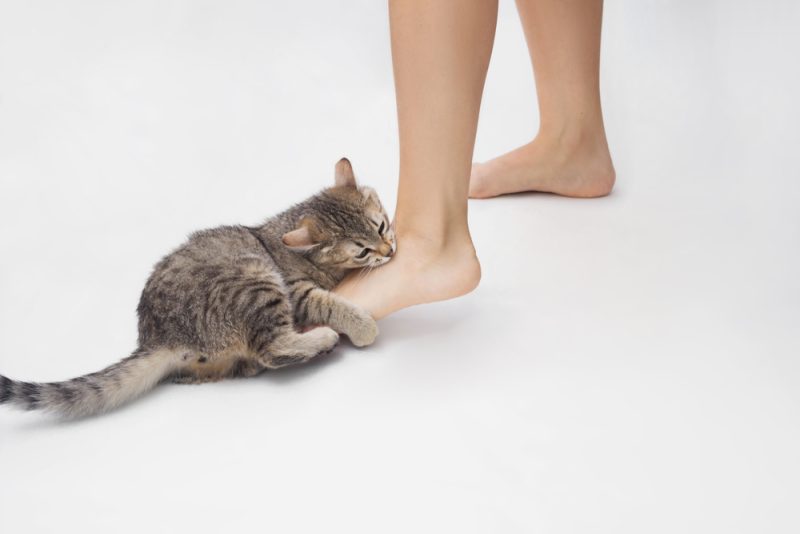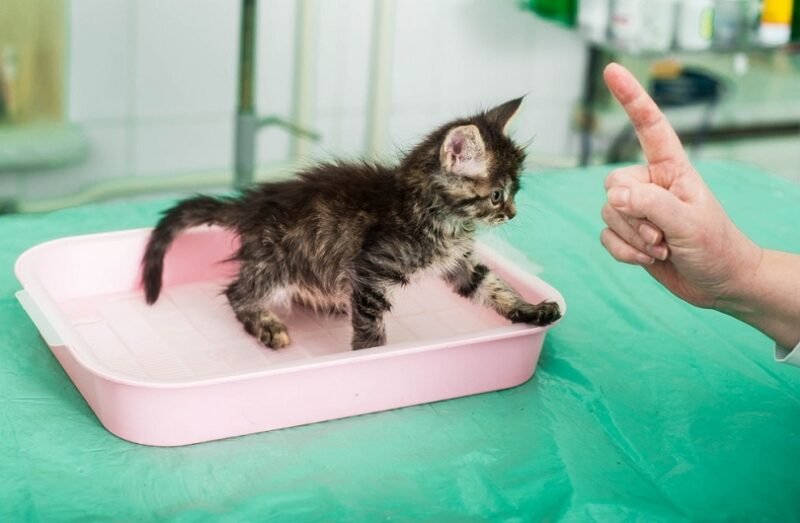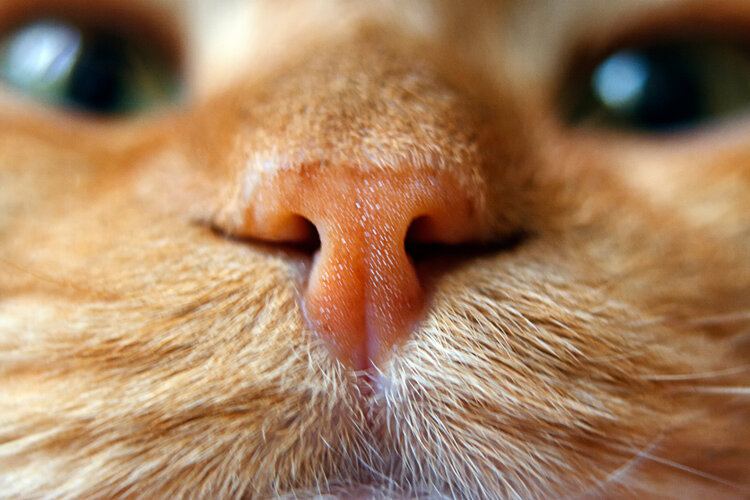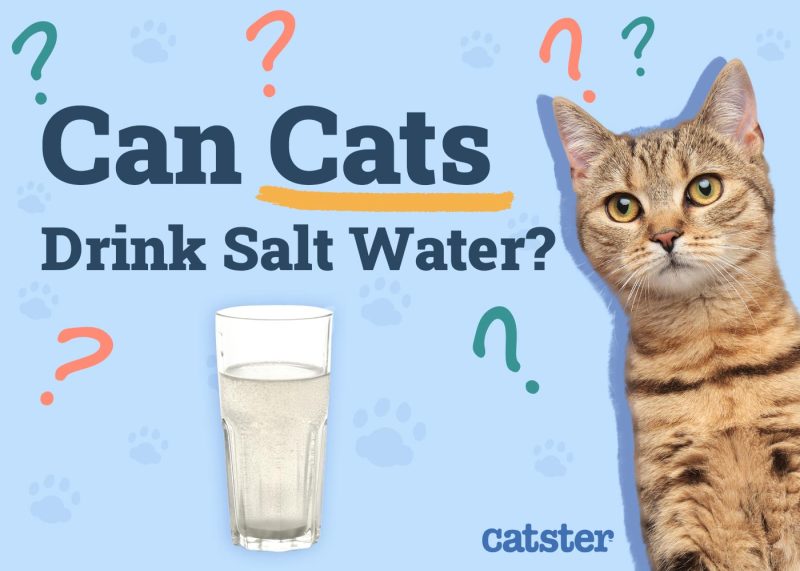What cats eat for breakfast is usually what they eat during the rest of the day. But if you’re uncertain whether your cat is enjoying their breakfast or you’re just looking to switch things up, you can try a few different foods.
That said, bear in mind that keeping to your cat’s usual food is the safest and best option, since it’s nutritionally balanced and sudden changes can cause digestive upset. The following suggestions are intended to be tasty but infrequent meals. Still, your cat will likely love these, and they can make great treat options too.

The 6 Great Food Choices For Your Cat’s Breakfasts
1. Their Usual Cat Food
This is definitely the best option for your cat’s breakfast. But if your cat typically only gets dry food, you can incorporate wet food into their mealtimes. This is a great way to add much-needed moisture to your cat’s diet, as most wet foods are about 70% or more water, and cats generally have a hard time staying hydrated. It can also be a great way to manage your cat’s weight, since some wet foods are lower in fat and calories than dry food. You can either switch them to an all-wet cat food diet or cut back on the kibble.
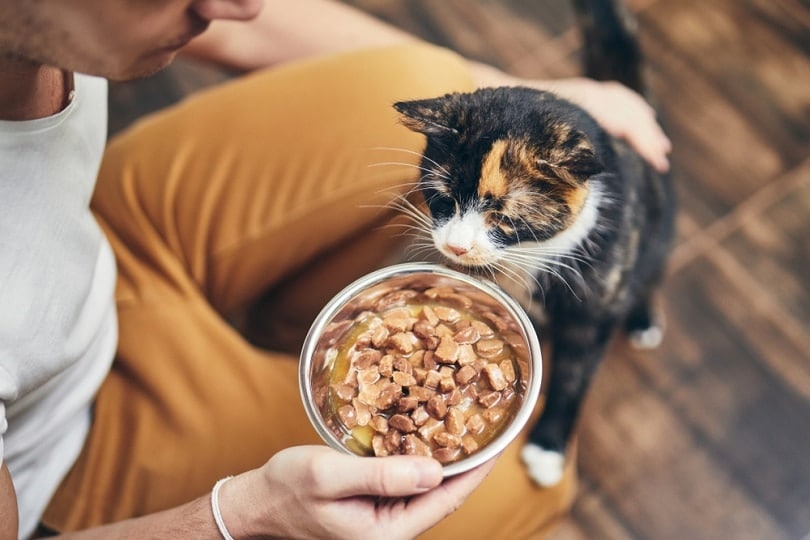
2. Plain Cooked Eggs
You can try sharing your eggs with your cat, but they must be unseasoned and fully cooked. Many seasonings and ingredients, particularly onions and garlic, are toxic to cats. Cats need fully cooked eggs for the same reason that we do, to prevent diseases like Salmonella.
Feeding eggs to your cat for breakfast isn’t nutritionally balanced, which is why this should be an occasional treat or meal topper rather than a regular part of their diet.
3. Plain Cooked Vegetables
Cats are obligate carnivores, which essentially means most of their diet—often more than 70%—must be meat. Felines can have difficulty digesting plant matter, but eating a few veggies on occasion can give your cat a boost in specific nutrients. The vegetables can be fresh or frozen. They should be cooked with no seasonings or oils and cut into small pieces so your cat doesn’t choke. Speak to a veterinarian first to find out which vegetables are safe and in what quantities.
Just know that not all cats will be interested in eating vegetables!
Need veterinary advice but can't get to the clinic? Catster recommends PangoVet, our online veterinary service. Talk to a vet online and get the answers and advice you need for your cat without having to leave your living room — all at an affordable price!

4. Plain Cooked Poultry
Cats thrive on a meat diet, so you can give them pieces of chicken or turkey as long as it’s cooked and unseasoned. Poultry should be cooked with water or unsalted broth and not in oils. Even these meats should only be occasional meals and not replace your cat’s usual food.
5. Plain Cooked Fish
You can give your cat tuna from a can, but ensure that it is packed in water without added salt or other ingredients—likewise with salmon. But you can also give them fresh fish that is baked, grilled, or boiled without seasonings.
Also, you should ensure that there are no bones in the fish that you give your cat, as these can be a choking risk.
6. Certain Fruits
Some cats might enjoy fruits, but these should be occasional treats because they tend to be high in sugar. If your cat has diabetes, it’s best to stay away from fruit altogether. Otherwise, small amounts of pumpkin, watermelon, strawberries, blueberries, and bananas, among other cat-safe options, are safe.
Only serve a few pieces at a time, and cut them into small sizes to avoid choking. Like with vegetables, some cats might not be interested in eating fruit.
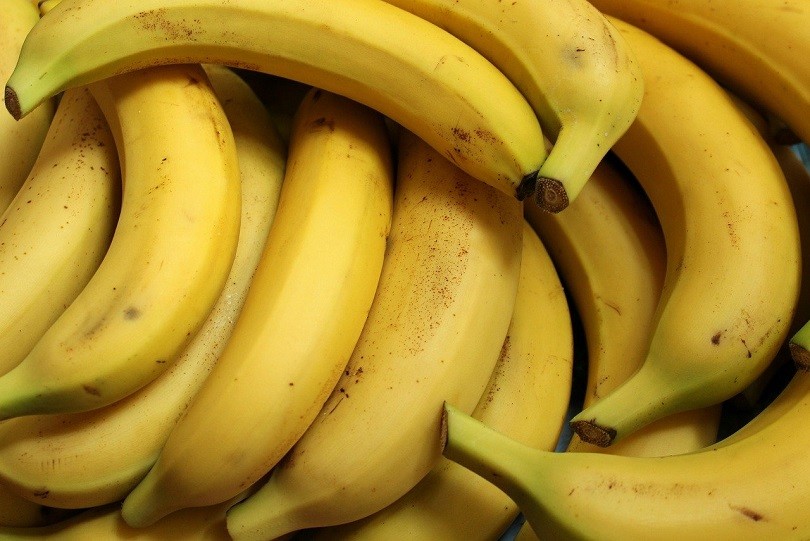

How Often Should You Feed Your Cat?
The answer to this question depends on several factors, including your own schedule and the age, health, and activity level of your cat.
Cats should not go longer than 12 hours between meals; feeding them every 8 to 10 hours is ideal. Felines are creatures of habit and will expect you to feed them around the same times every day, so you should set up a feeding schedule. They should have a minimum of two meals per day, but experts might recommend more frequent small meals a day for:
- Breakfast
- Lunch
- Afternoon
- Dinner
- Before bed
Making a cat wait for longer than 12 hours can lead to the stomach becoming hyper-acidic, which can cause nausea and vomiting.
Learning about what your cat can and cannot eat is a crucial part of keeping them happy and healthy! Choosing a bowl to serve cat-friendly foods in is another important decision pet owners face. Satisfy the specific needs of your cat with the innovative design of the Hepper NomNom Cat Bowl. Learn why it’s our (and our cats!) favorite food and water dish here. At Catster, we’ve admired Hepper for many years and decided to take a controlling ownership interest so that we could benefit from the outstanding designs of this cool cat company!
Is It Okay to Leave Cat Food Out All Day?
Some cats tend to wolf down as much food as they can, while others are able to eat lightly. If your cat tends to eat greedily, it’s not a great idea to leave food out at all times. This is where using a schedule can come in handy. If you’re thinking of bringing another cat into the family, having set mealtimes is best.
Try measuring the amount of food that your cat is allowed for the day. You can work with your vet to figure out how much is suitable for your pet. Then, divide the total amount of food into smaller portions, depending on how many meals you will be feeding your cat for the day.
Another option is to use a puzzle feeder, which can be particularly helpful for cats with weight issues and that tend to scarf their food down. These feeders make meals fun and force the cat to work to get their food. This automatically slows down how quickly they eat, and they get in a bit of exercise at the same time.

Conclusion
Cats don’t really have a concept of breakfast in the way that we do, and overall, it’s best to stick with their usual cat food for their meals, regardless of the time that you feed them. That said, you can consider adding wet food if it isn’t already a part of your cat’s diet. Certain human foods are also safe treats for cats as long as they are prepared properly: cooked and plain. Too many ingredients and seasonings are unsafe for cats.
Speak to your vet for guidance on the right food and how often you should feed your cat. As long as they eat nutritionally balanced meals and you’re following a proper feeding schedule, your beloved pet will benefit.
Featured Image Credit: Krakenimages.com, Shutterstock
